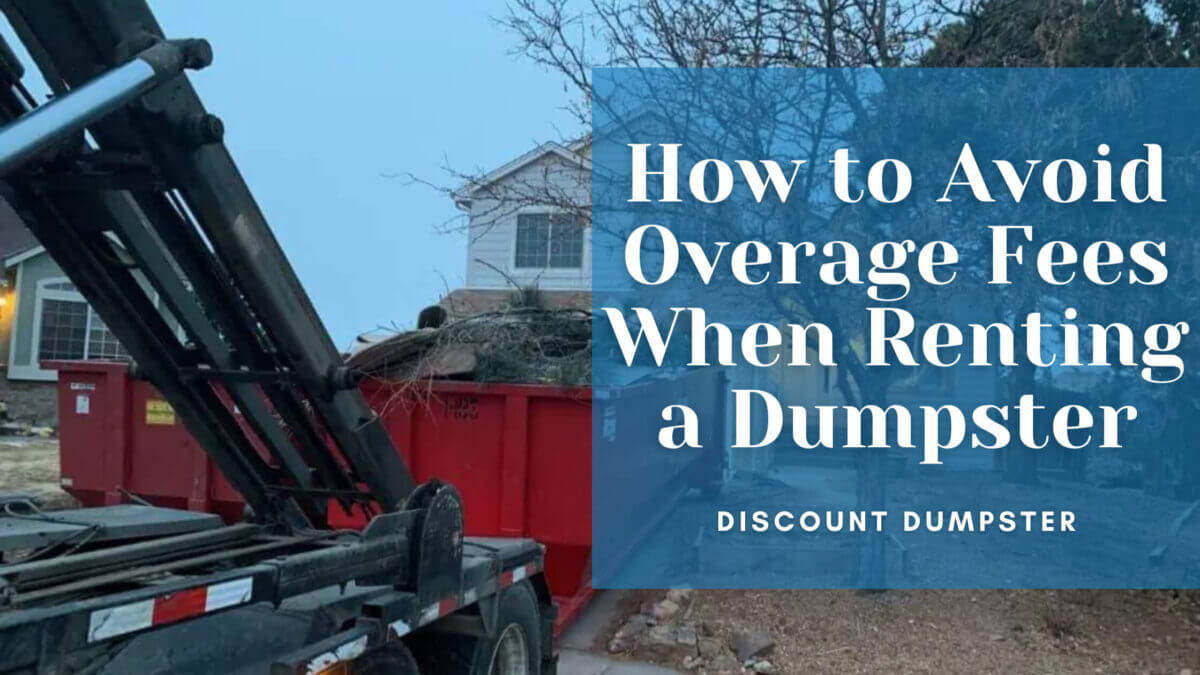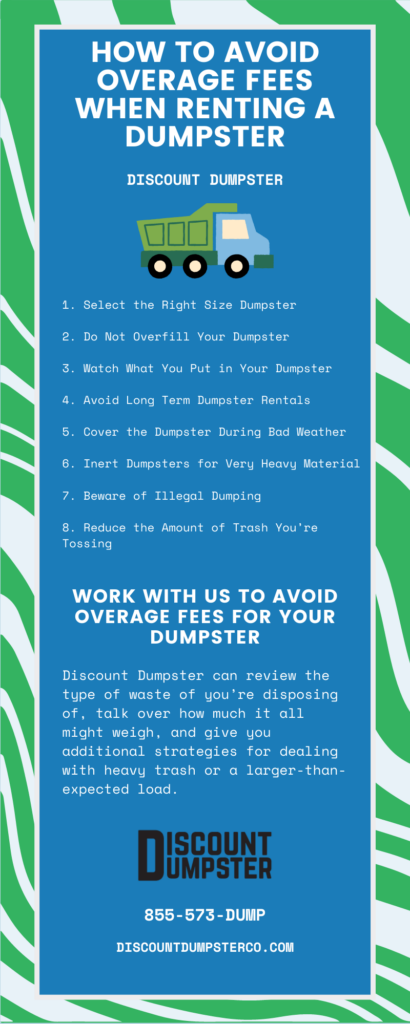Dumpster weight overage fees are extra charges that result when your dumpster rental exceeds the allowed weight limit for that size roll off container. Local, state, and federal regulations limit the amount of weight that can be hauled over our roadways and highways. Vehicles that are overweight can damage road surfaces, weaken bridges, crack asphalt or concrete, and are hazards during stormy weather or when involved in accidents.
When disposing of large quantities of demolition, remodel, or cleanout material, you may think you simply need to stay under the capacity limit of the dumpster. But the weight of the material has to also be taken into consideration. Filling up a large dumpster container with very heavy debris can quickly send you over the weight limit.
When your project is completed, your roll off container will be pulled up onto a hauling truck. This truck passes over a large scale at the landfill entrance. The weight of the load, the dumpster roll off container, and the truck is measured and recorded.
The truck operator will then dump the load and return with the empty container to the weighing scale. The truck and empty container is again weighed. The difference between the full load and the empty load is calculated. The difference is the total weight of the waste.
If this amount exceeds the weight allowance for the container, you will be subject to an overage charge.


